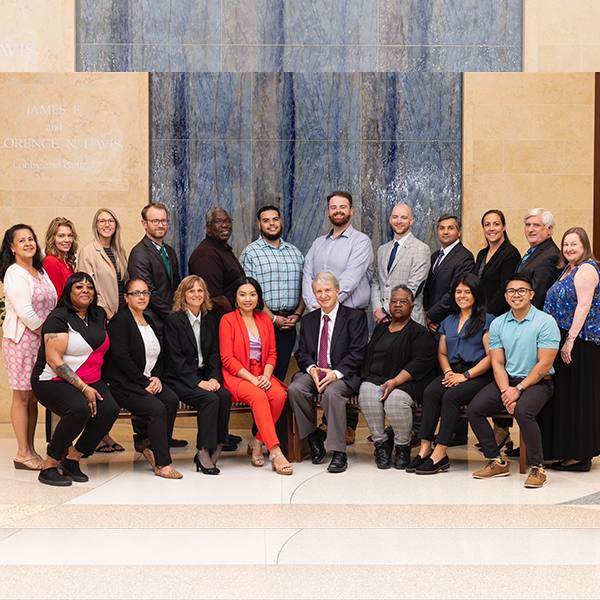-
Research
Science Saturday: Mayo Clinic goes back to space
Space travel is known to cause wear and tear on astronauts’ bodies, but it’s still not clear how radiation exposure in space affects the function of cells. In particular, what happens to the body’s stem cells, responsible for rebuilding and regenerating normal tissue?
In the latest SpaceX-16 resupply mission, which took off December 5th from the Kennedy Space Center in Cape Canaveral Florida, Mayo Clinic researchers sent a large sample of stem cells to the International Space Station to investigate the effects of long-term cosmic radiation that astronauts encounter.
The project is being led by a collaborative team of researchers from Mayo Clinic and NASA, with expertise in stem cells and the health of astronauts on long flights.
“NASA reached out to us to help develop this study,” says one of the lead investigators, Abba Zubair, M.D., Ph.D., who specializes in transfusion medicine and regenerative medicine on Mayo Clinic’s campus in Florida.

The experiment involves 300 million frozen stem cells, which will remain untouched in multiple vials at -130° Celsius aboard the International Space Station for an entire year. The cells will be sent back to Earth, still frozen, via a return capsule and then will be tested at Mayo Clinic.
The stem cells were generated from the bone marrow of two anonymous donors who provided samples to a commercial vendor for research.
“All we know is that they come from a 55-year-old male and a 49-year-old female, representing the average ages of astronauts,” says Dr. Zubair. “Our approach enables us to do cellular studies that can’t be done on the astronauts themselves and can’t be done with the number of cells an astronaut can provide.”
The launch marks Mayo Clinic’s second foray into space.

Last year, Dr. Zubair’s team sent several types of stem cells into space aboard the SpaceX-9 mission to the International Space Station. That study investigated how stem cells’ ability to multiply might be affected by microgravity; previous studies on Earth suggested the conditions of space might yield quantities of stem cells large enough to be used as therapies for such conditions as stroke. The team is currently completing the analysis of the quantities and characteristics of those stem cells.
In the current mission, researchers are interested in whether stem cells, understood as “blank slates” that can develop into any type of cell in the body, retain their ability to differentiate following the extensive radiation exposure that occurs during a year in space. The type of bone marrow stem cells they’re sending, known as mesenchymal stem cells, are responsible for generating fat, bone and cartilage.
Studies will investigate how radiation exposure affects the cells’ unique ability to regenerate those tissues and also whether it alters other unique capabilities, such as the cells’ immunosuppressive effects. Researchers also will look at whether long-term radiation exposure makes stem cells more or less likely to develop into cancerous cells.
“Stem cells are known to be more hardy and more resilient than other cells of the body, with mechanisms to help them withstand harsh conditions,” says Dr. Zubair.
While the research, funded to this point by NASA, will provide information specific to astronauts, it will also help scientists understand key stem cell mechanisms, further teasing apart important pathways. The results may also shed light on similar-looking health conditions that occur on Earth, for instance, the bone loss that astronauts experience may share attributes with osteoporosis.
“Many other space studies are looking at the effects of being in space, but we may be one of the only ones looking at stem cells, the effects of which also apply to diseases we encounter every day,” Dr. Zubair says.
His team is interested in being part of another mission in the future, specifically investigating cancer stem cells in space.
This story originally appeared in Mayo Clinic's research magazine, Discovery's Edge.







